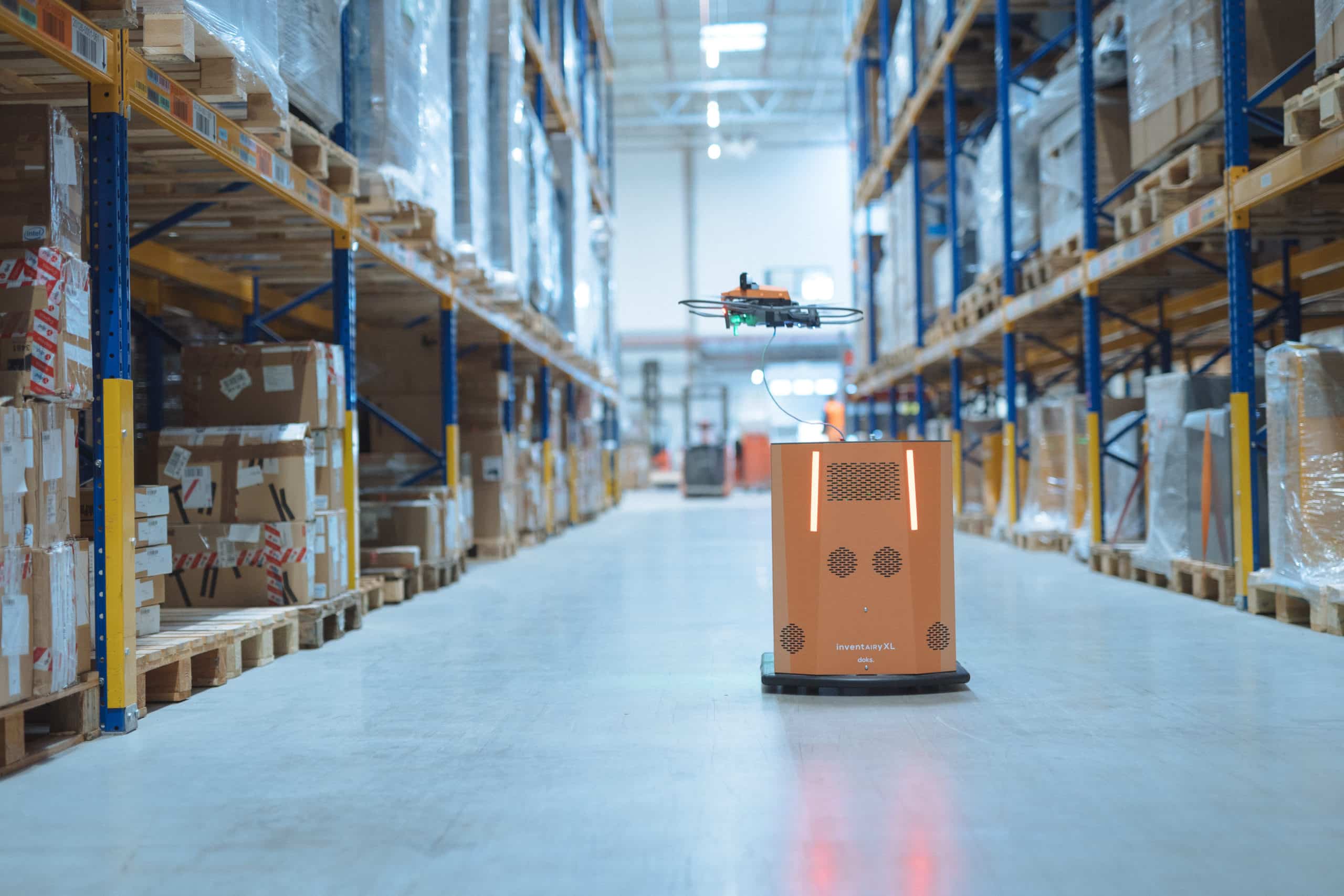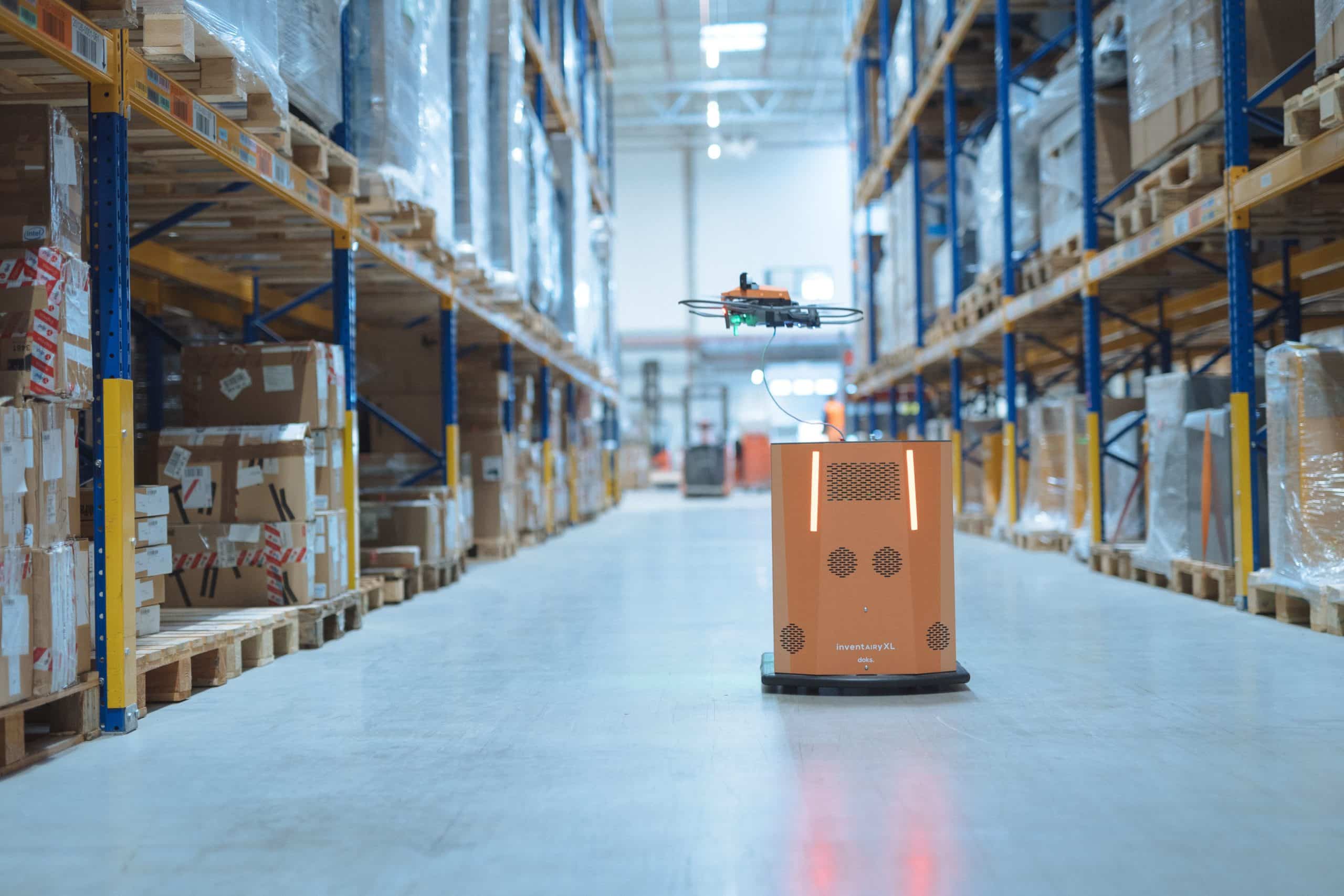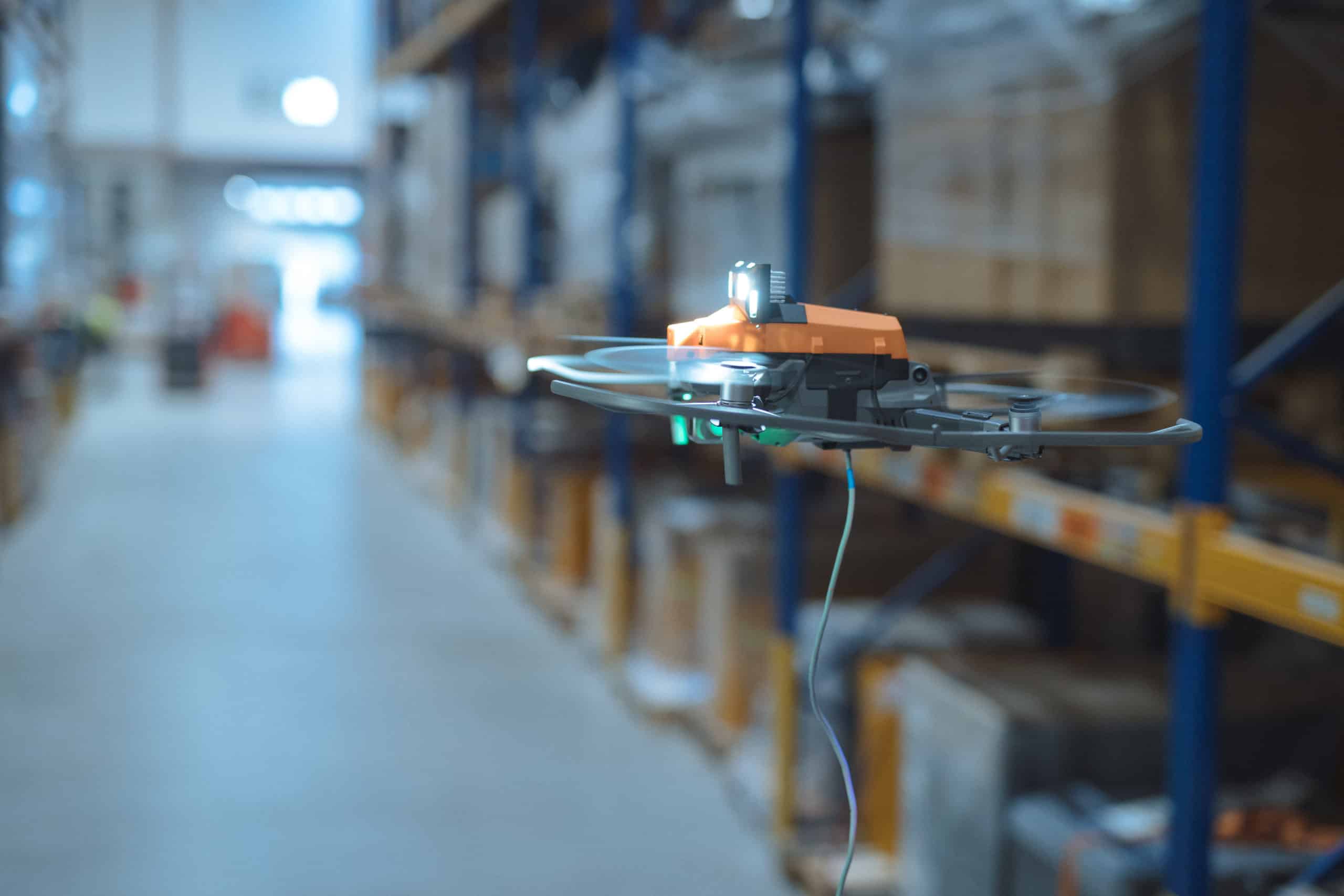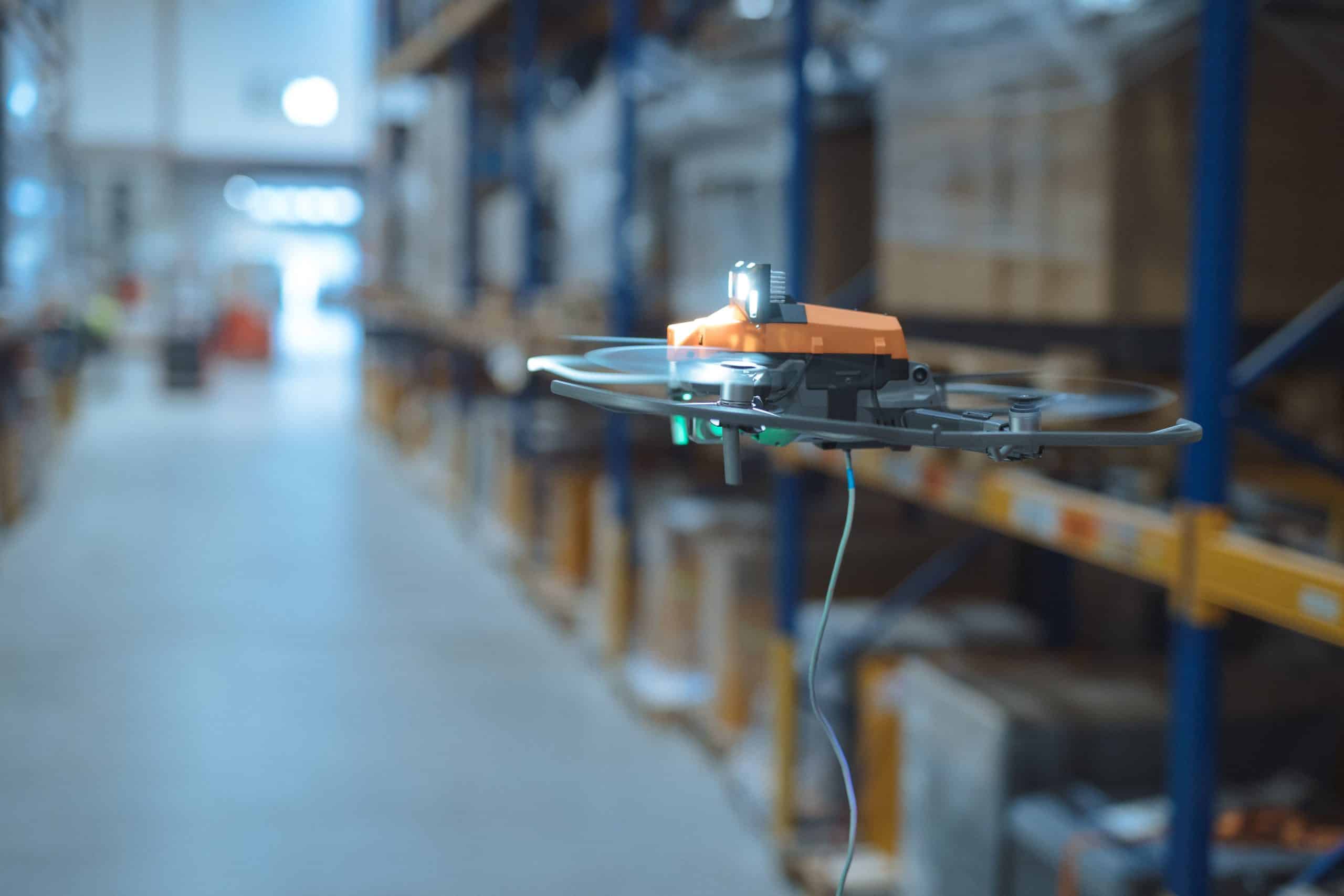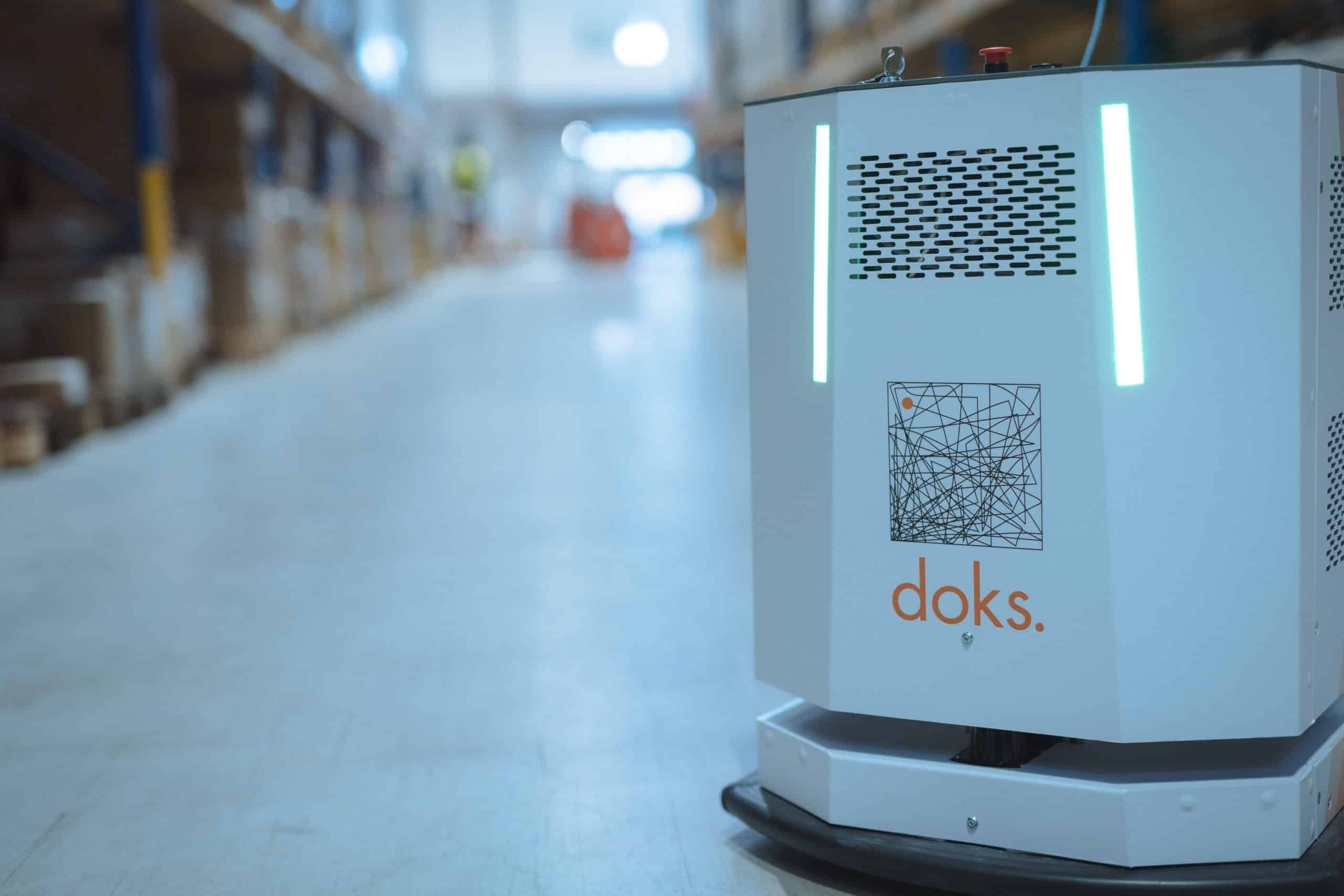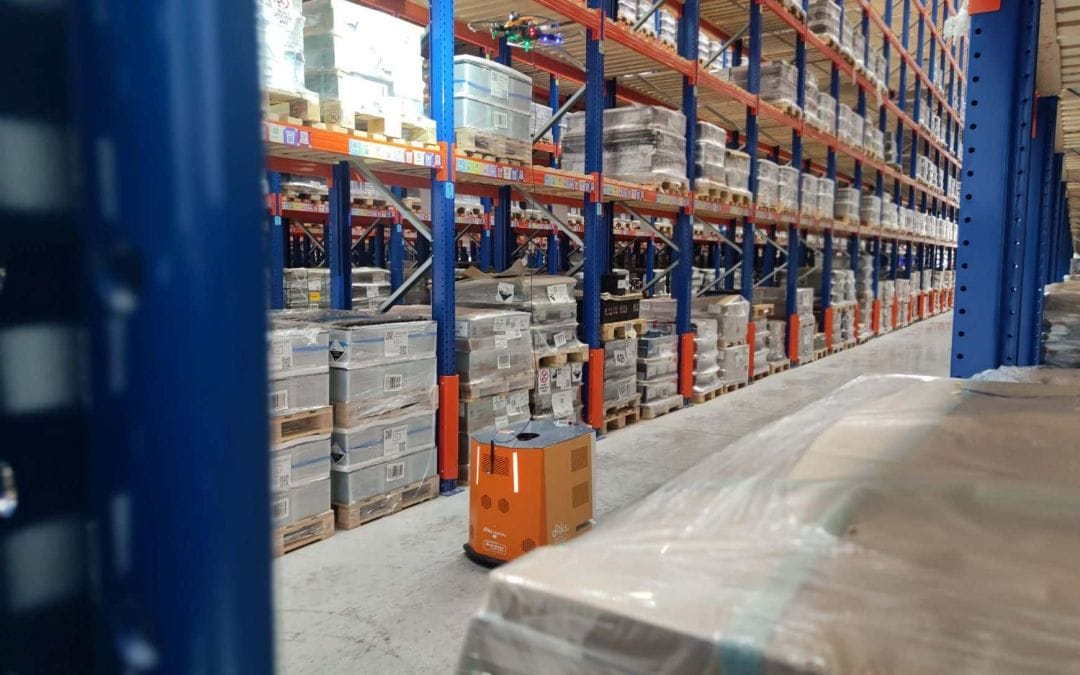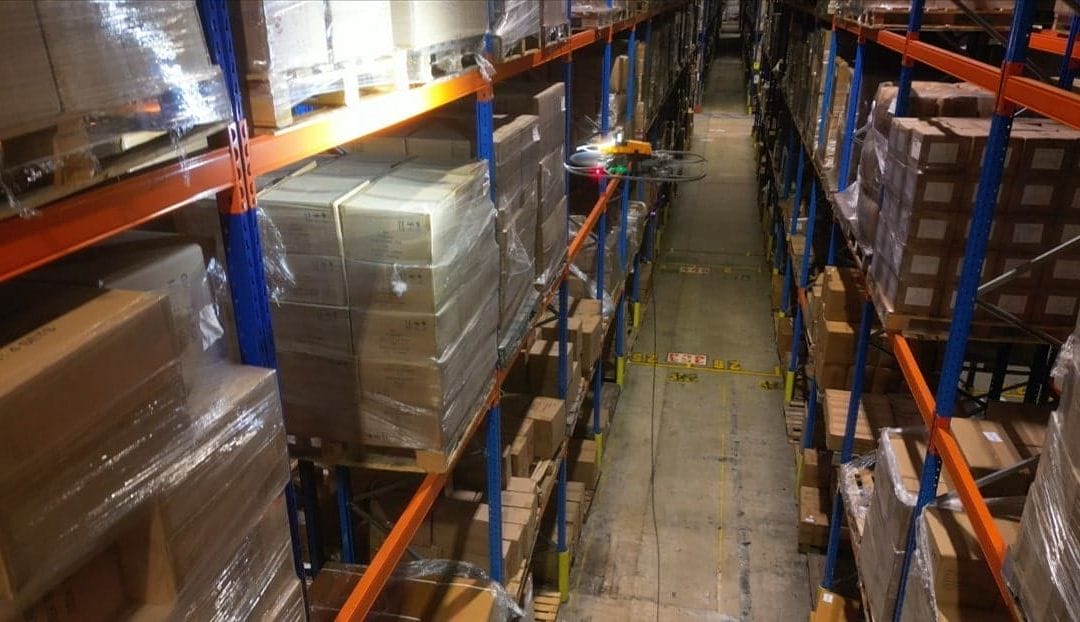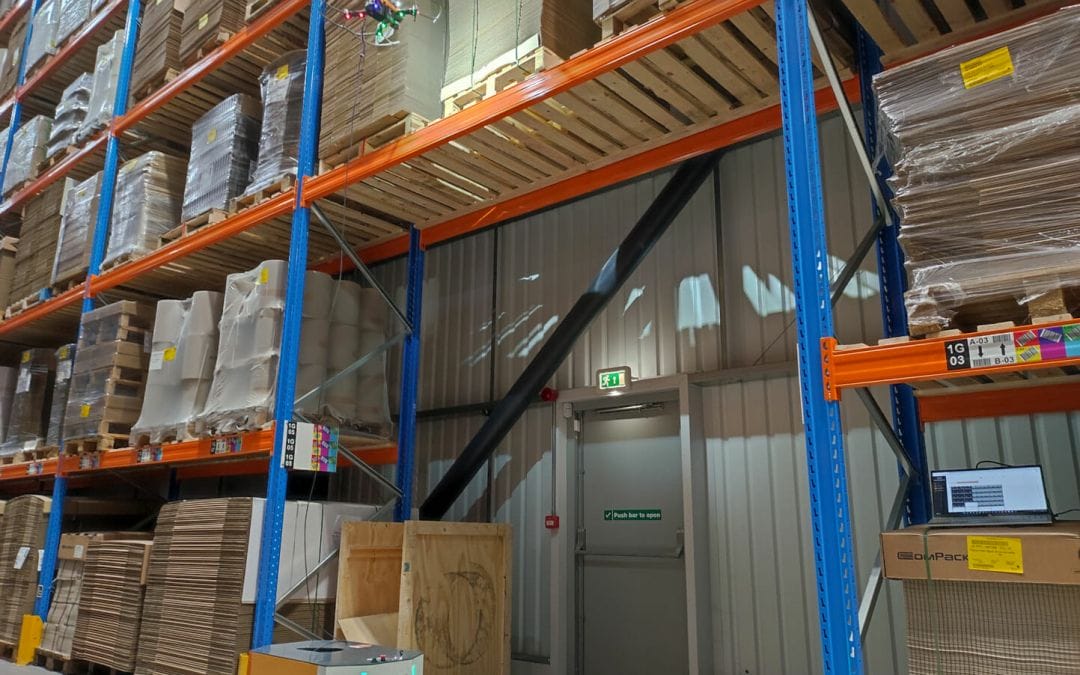Inventory management mistakes that can prove to be costly for warehouses in 2022
Don’t waste time and money with the risk of common warehouse mistakes. Using our drone solution can avoid these risks. Have these mistakes ever happened to you and wondered how you can avoid them?
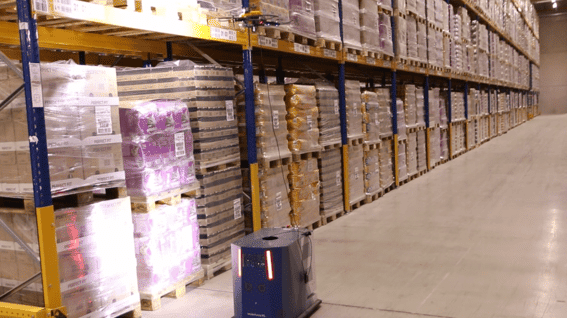
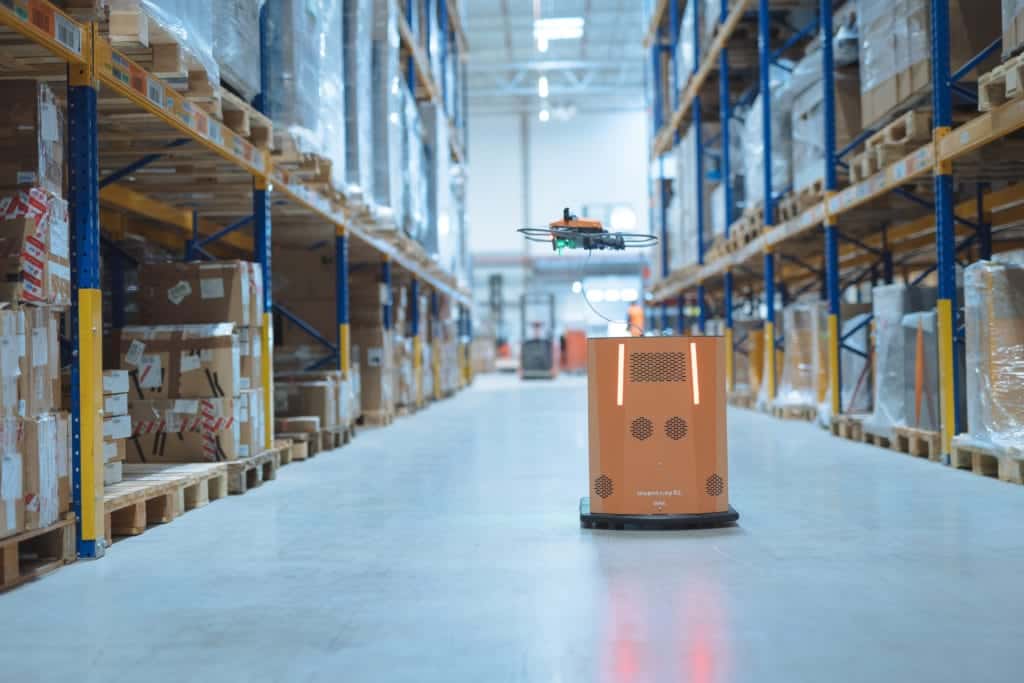
Inventory drones are best suited to facilities that suffer either from inaccurate inventory records, or who find staying on top of inventory with regular manual counts a significant cost implication.
Common inventory management mistakes – and how to avoid them
There are several causes of inventory discrepancies that are common across all warehouse operations. Here are the main issues that supply chain stakeholders should take special care to avoid:
Misplaced Inventory
It’s simple – if you can’t find the right inventory, you cannot fulfil customer orders in a timely manner. Correcting inaccurate inventory counts wastes valuable time and resources – creating a huge dent to warehouse efficiency and productivity. Misplaced inventory largely stems from the lack of good inventory control and poor data currency.
Obsolete Stock
Inventories occupy precious warehouse space, so it’s essential that any inventory on site is generating a decent ROI. If the inventory takes up shelf space for a long period of time, it goes without saying that it kills cashflow and reduces profitability.
Obsolete stock usually happens as a result of incorrectly predicting consumer demand. By integrating with an automated inventory or warehouse management system, warehouses get real-time insights into the inventory lifecycle and consumer demand trends; in turn, they’ll have a better handle on the supply requirements and ensure the space is correctly filled. Another immediate solution is to conduct stocktakes with greater frequency to enable faster detection of discrepancies in the movement of inventory in and out of the warehouse.
Infrequent Inventory Counts
Inventory counts are a necessary part of any warehouse, but traditionally these counts require operations to halt for several days. Where consumer expectations and inventory velocity were relatively low, that was a manageable process, but in the eCommerce era, warehouse shutdowns are a deeply inefficient and costly exercise.
High-frequency cycle counts are proving to be a relevant practice in modern warehouses, wherein inventory is systematically scanned often to ensure maximum accuracy and rapid detection of discrepancies.
Relying on manual inventory scans is not the best way to conduct cycle counts, keeping in mind the time and cost involved. This is where autonomous technologies are turning out to be the most appropriate alternative.
Not Embracing Automation
The best time to embrace WMS was a decade or two ago. Warehouses that still rely on manual inventory data entries end up wasting time, effort, and money on tracking and fixing unavoidable human errors.
WMS technology can now be augmented with Automated Guided Vehicles (AGVs), Automated Storage and Retrieval Systems (AS/RS), IoT Sensors, and Autonomous Drones, resulting in even more efficient and accurate warehouse operations.
Given inventory management is a compulsory aspect of warehouse management, embracing technology is vital for ensuring a cost-effective, efficient and above all accurate operation.
What’s Next?
inventAIRy XL is one such technology that helps warehouse operations to quickly and cost-effectively address inventory management mistakes, problems and challenges. The solution is designed to accurately and completely autonomously scan inventory locations in an efficient manner, and provide automatic variance analysis against ERP or WMS data.
Like what you’ve read so far? There’s lots more in our logistics whitepaper. Get your free copy at the link below.
Revolutionise your warehouse
See our exclusive whitepaper to find out how you can enhance your warehousing and logistics operations
You might also be interested in…
